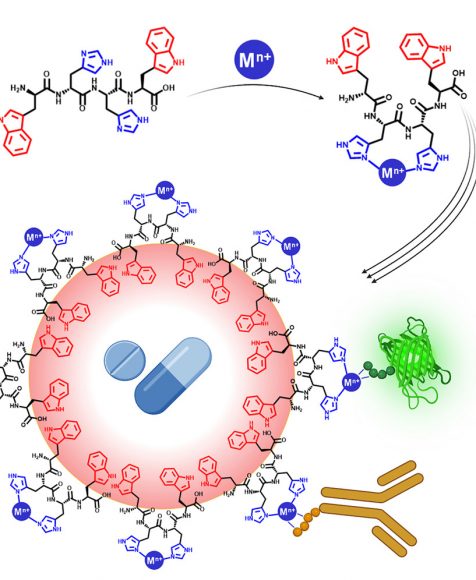
March 12, 2024 — Historically, research regarding autism spectrum disorder (ASD) has mainly focused on males, with a prevalence rate of 4:1 compared to females. However, recent studies suggest a potential underestimation of ASD in females. Prof. Haitham Amal at the School of Pharmacy, Faculty of Medicine at the Hebrew University of Jerusalem, led a new study that discovered significant insights. The study, featured in Scientific Reports, looked at young male and female biological models with specific mutations linked to ASD, comparing them to biological models without those mutations. The goal was to understand how their brain connections worked by checking certain proteins in their brains. In addition, using a special staining method, they checked how many tiny structures in brain cells were present.
The results showed that both male and female biological models with these mutations had a lot in common. They all showed major drops in spine density and in protein levels in their brains, compared to the biological models without the mutations—suggesting that their brain connections did not develop properly. Interestingly, these issues in brain connections were similar in both male and female biological models, and it correlated with how they behaved in tests that measured sociability. Ultimately, they found that the social behavior deficits in both males and females were very similar.
Prof. Amal emphasized the significance of these discoveries: “Our study underscores the need to consider both sexes in ASD investigations. The observed similarities in synaptic alterations between male and female ASD biological models challenge the traditional focus on males, urging the scientific community to broaden its approach and include females in ASD studies.”
These milestone discoveries hold significant implications for understanding how ASD develops in the nervous system. In addition, they support the need for a fundamental change to happen regarding ASD research: Studying females alongside males, for research to properly grasp and address the complexities of autism spectrum disorder in both sexes, not just in the typical male-focused approach.
Globally, substantial funding is dedicated to autism research, with estimates reaching billions of dollars annually. However, historically, a significant proportion of this funding has been predominantly directed towards studying autism in boys, since it is believed that ASD is more common in males than in females. Studies suggest that a considerable imbalance exists in research allocation, with significantly fewer resources dedicated specifically to understanding and addressing autism in girls. Efforts to bridge this gap and allocate more resources towards understanding the unique manifestations and needs of girls on the autism spectrum must be recognized as crucial in advancing comprehensive autism research and support across the board.
The research paper titled “Mutations associated with autism lead to similar synaptic and behavioral alterations in both sexes of male and female mouse brain” is now available here.


